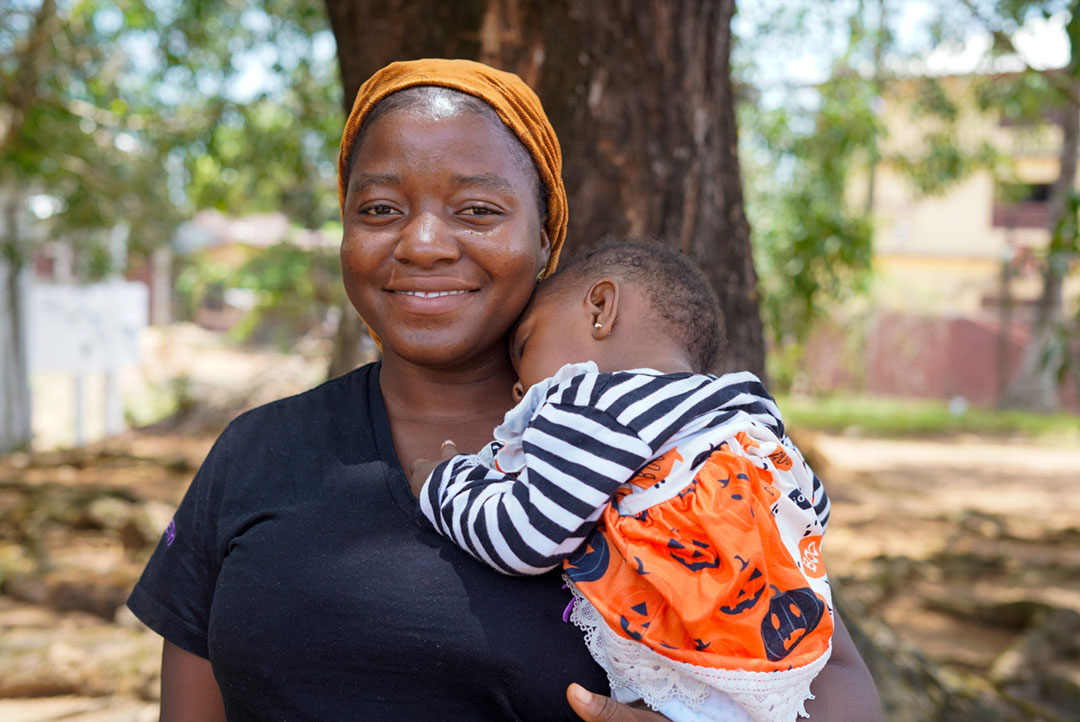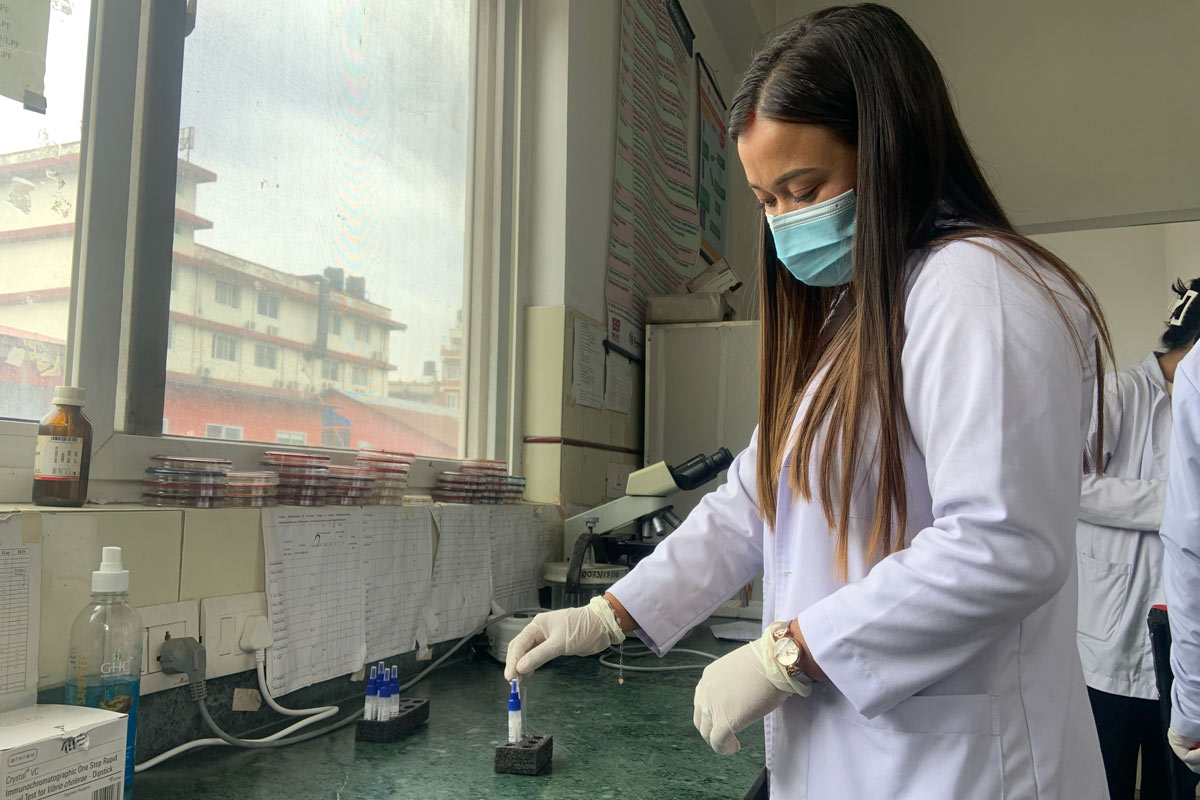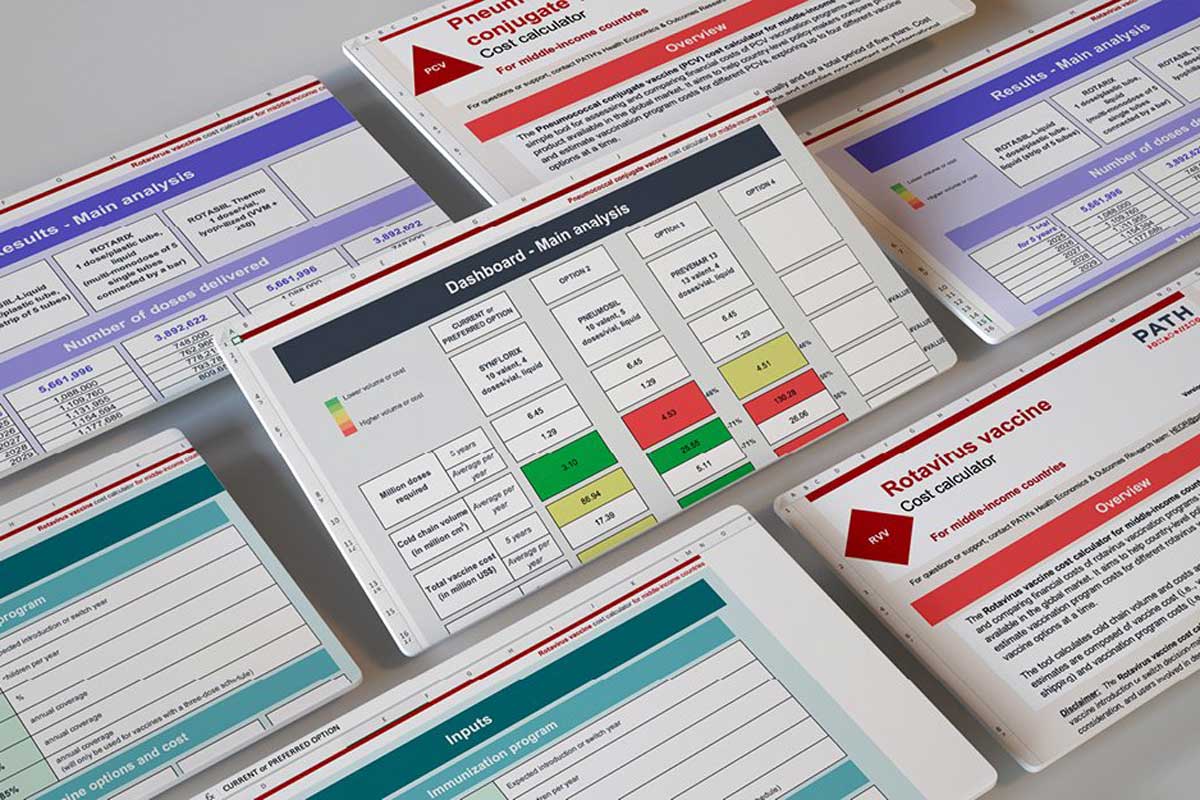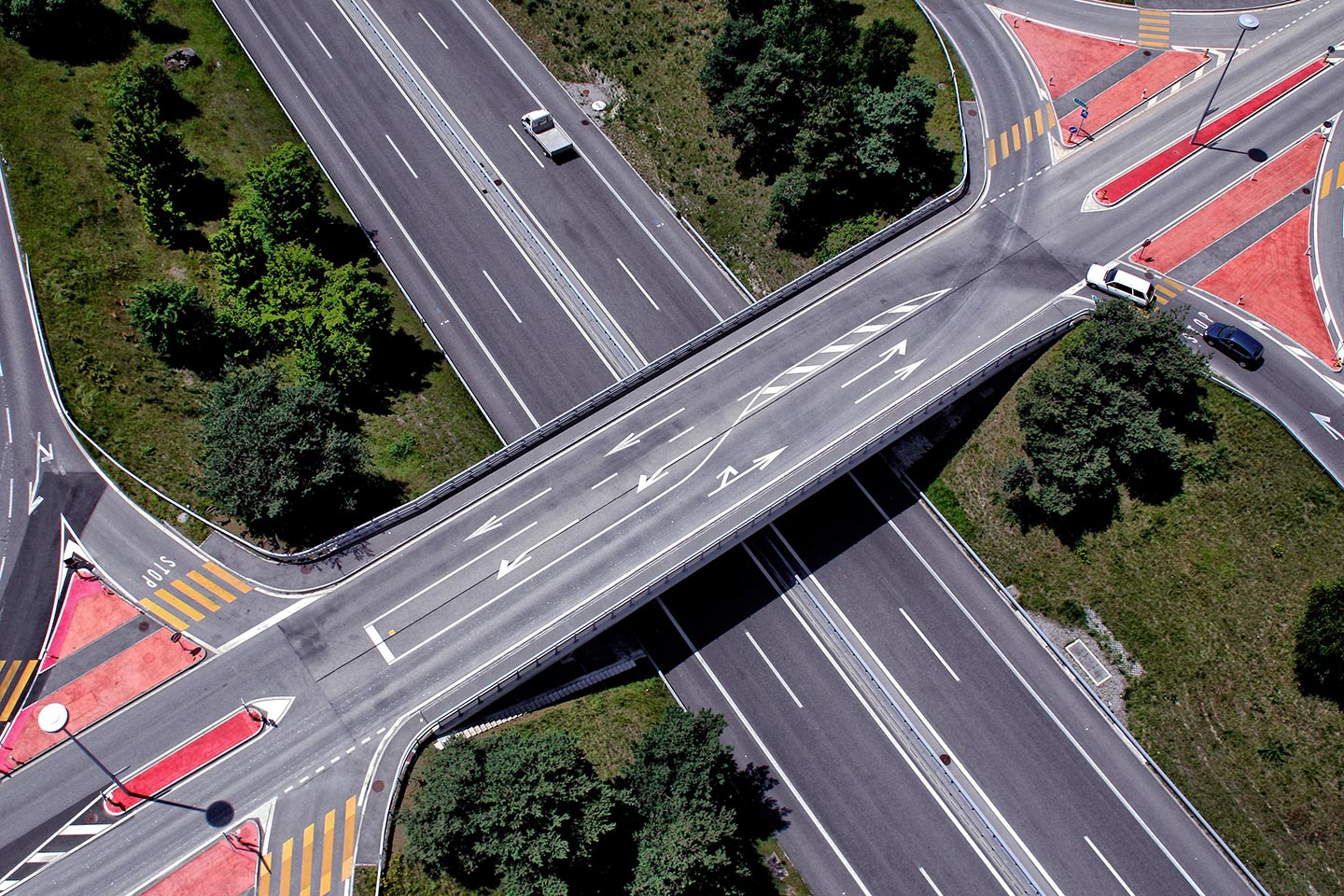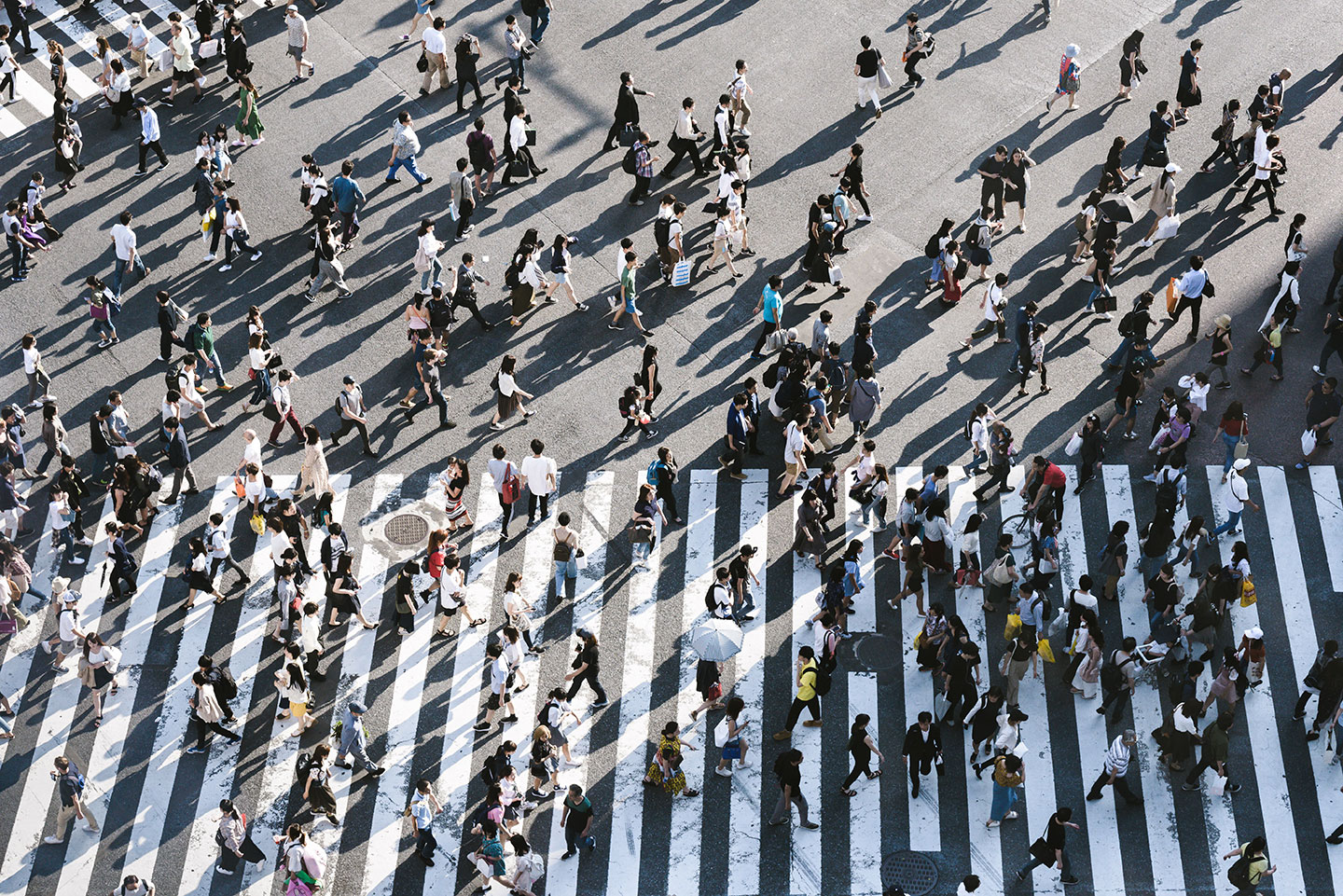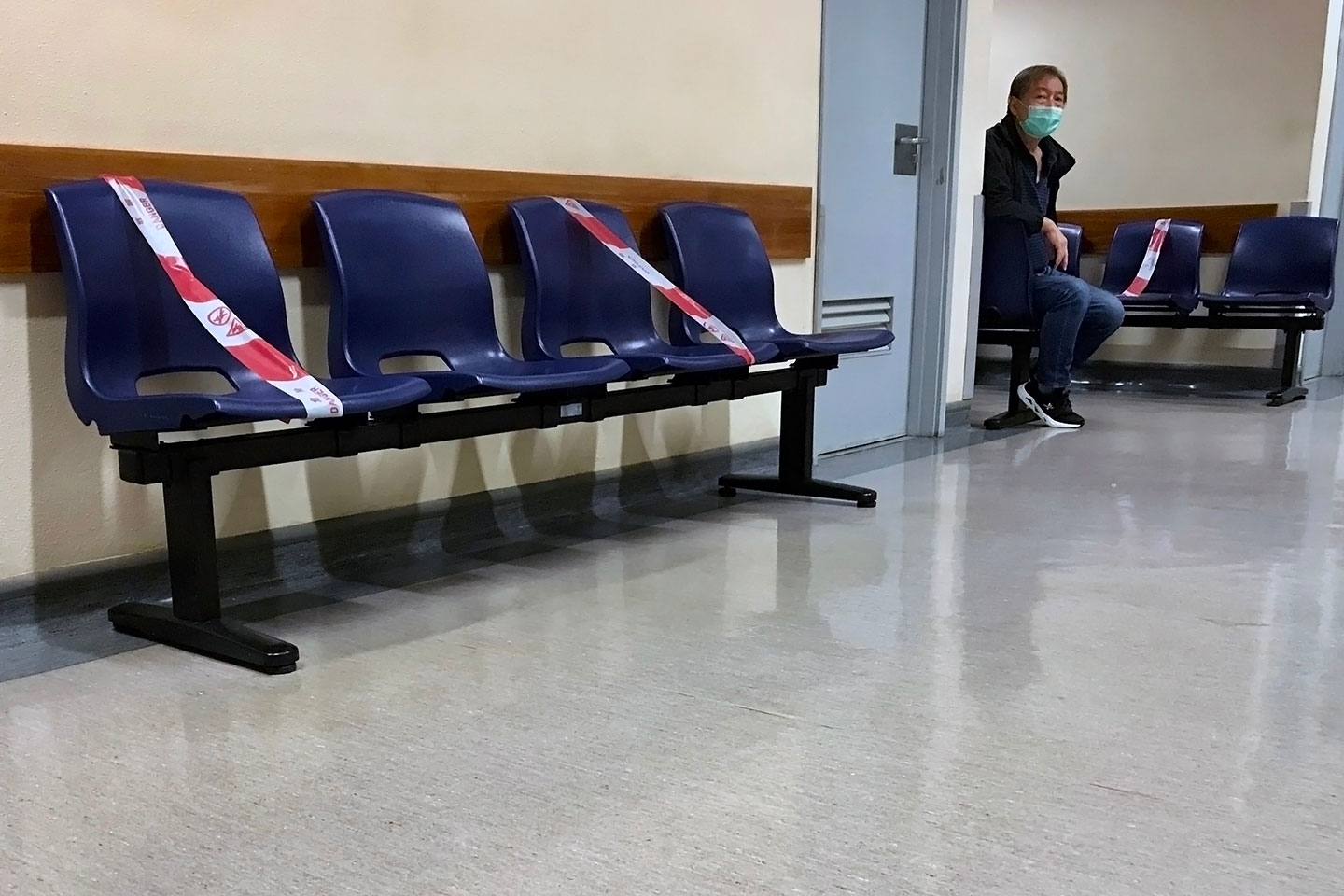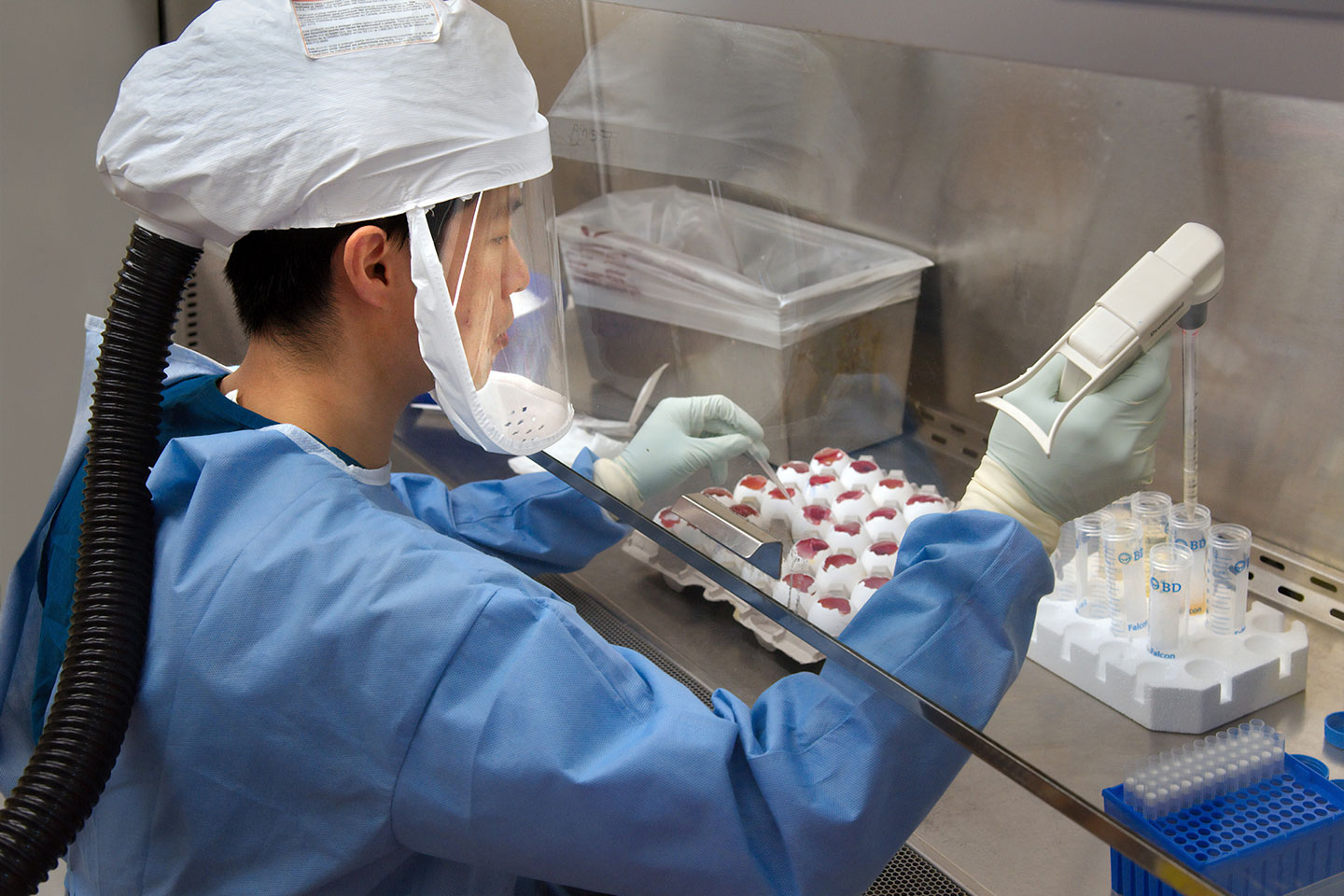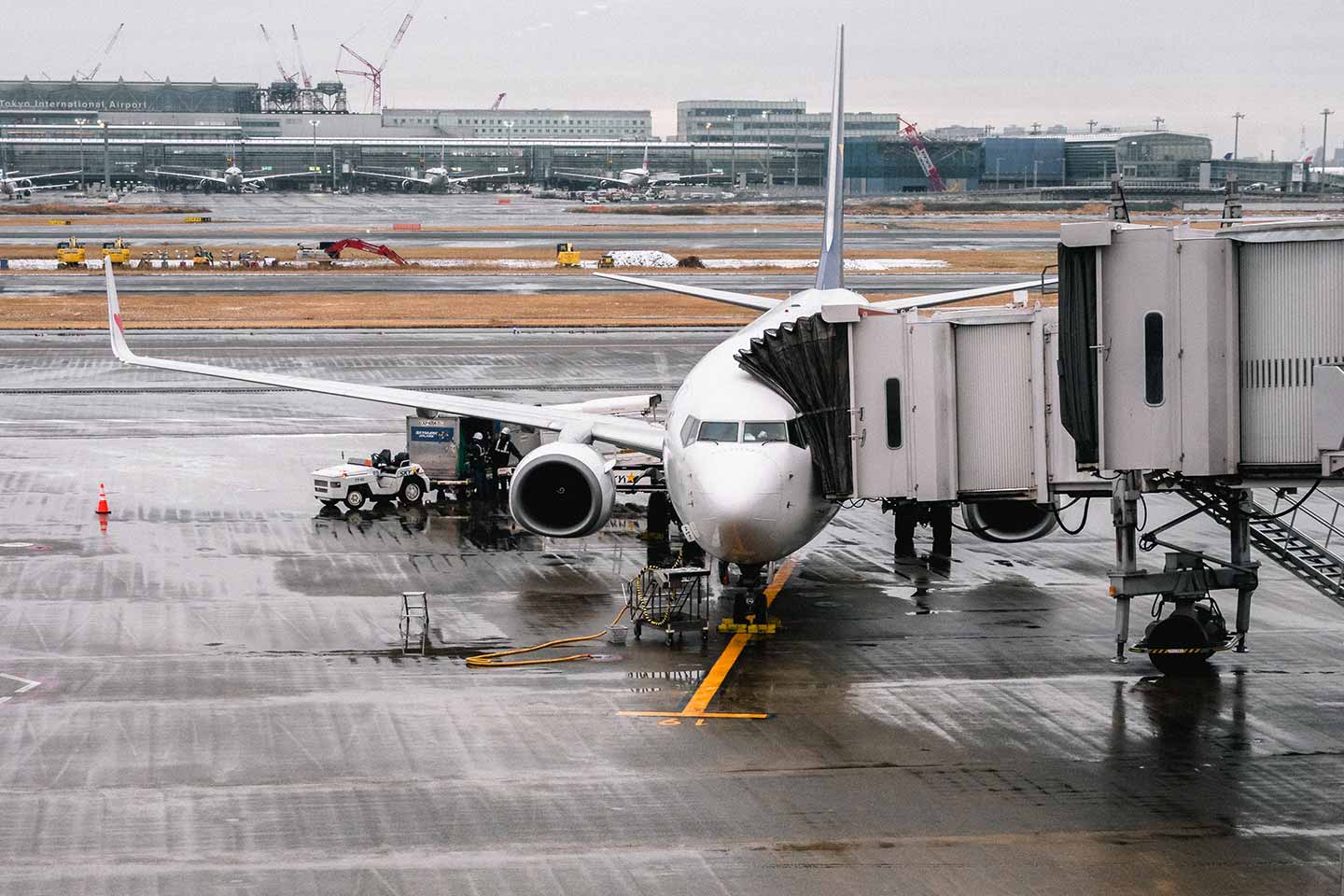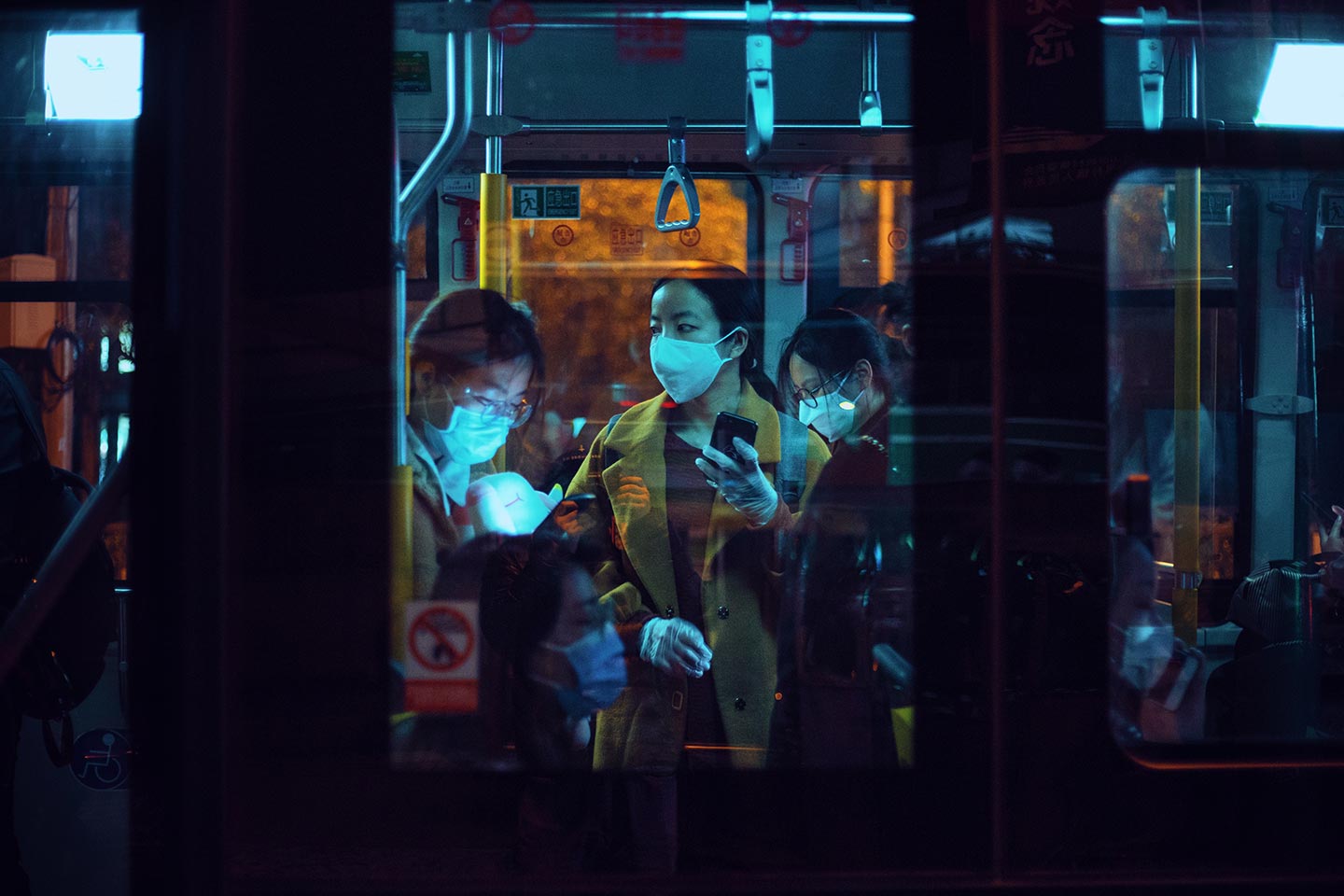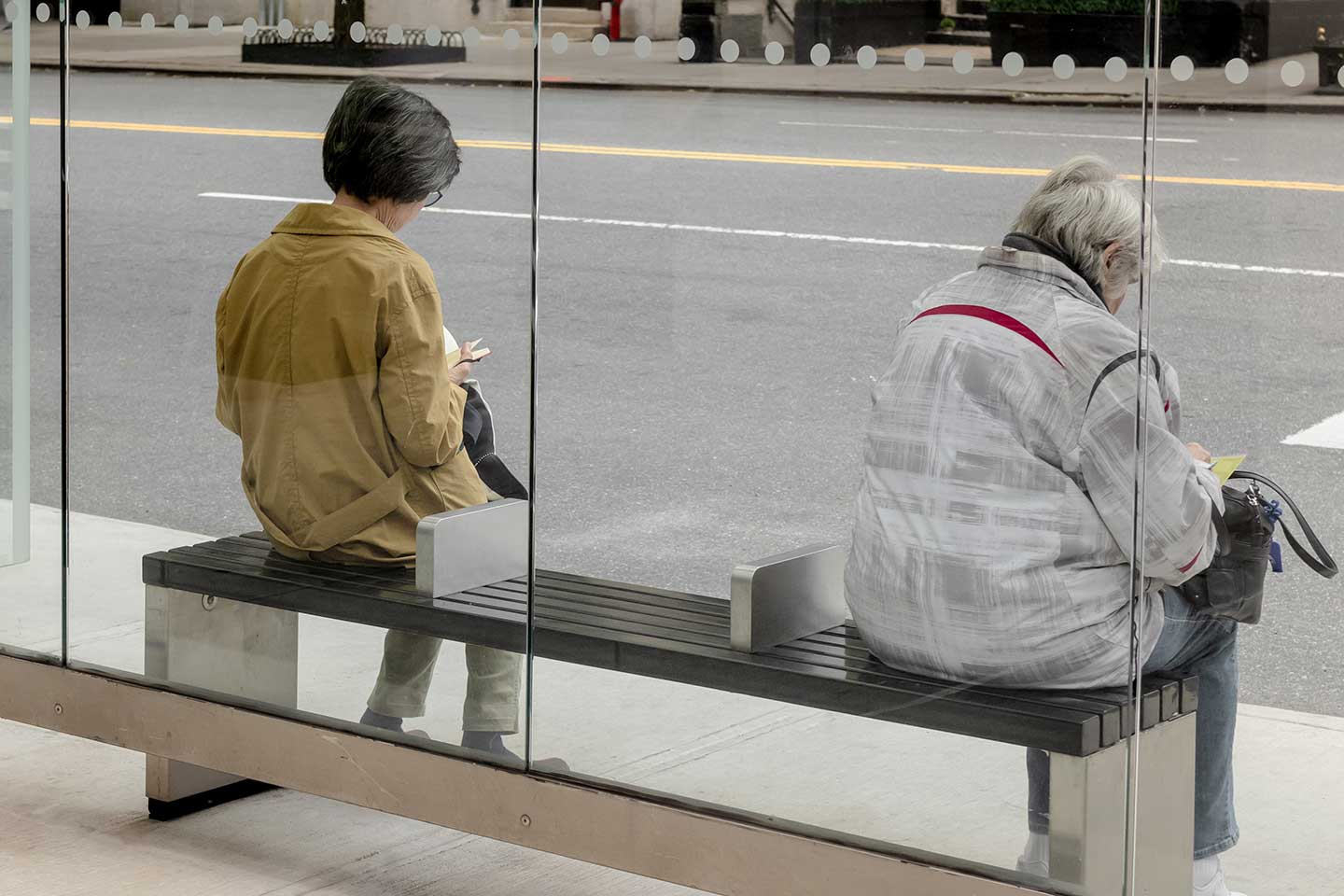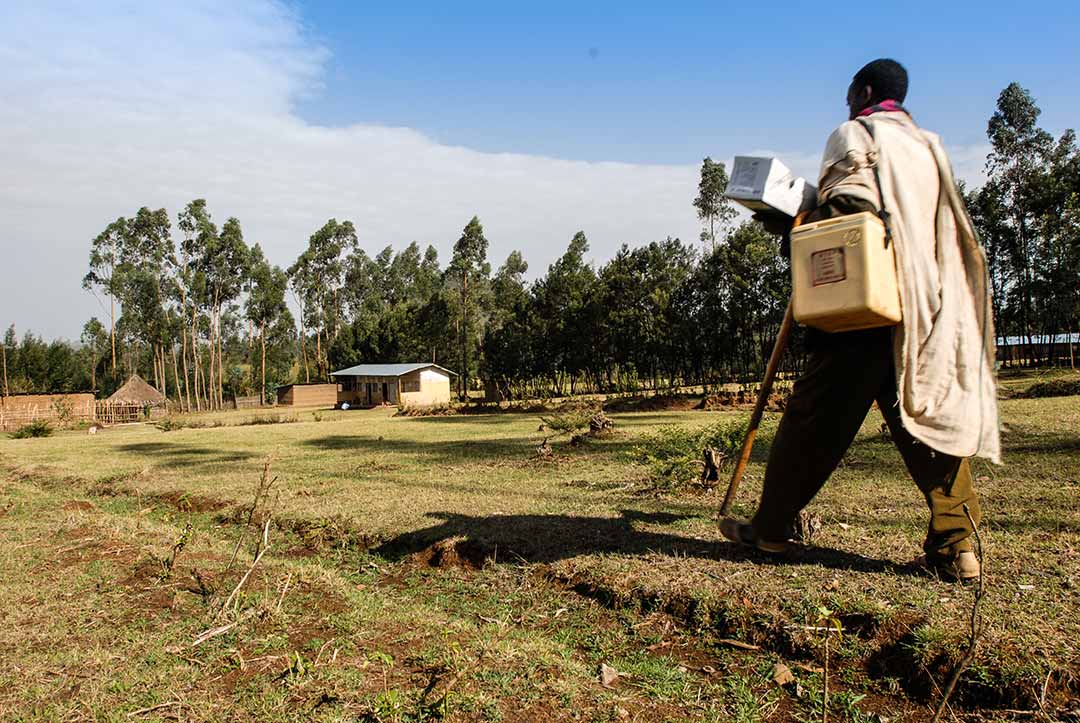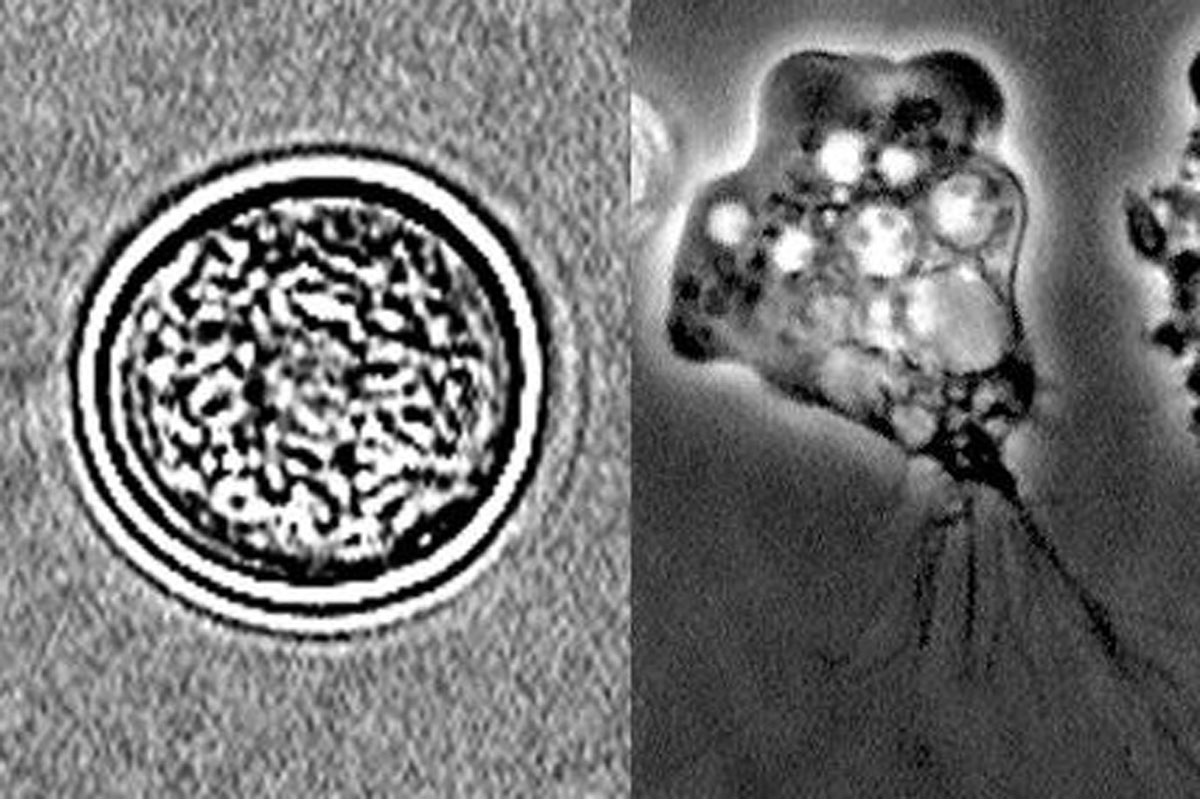A year of #VaccinesWork in 10 articles answering your most frequently asked questions
To mark one year of #VaccinesWork, we look back at some of the articles that answer the most frequently asked questions about COVID-19 during an unprecedented year for global health.
- 9 April 2021
- 5 min read
- by Tetsekela Anyiam-Osigwe
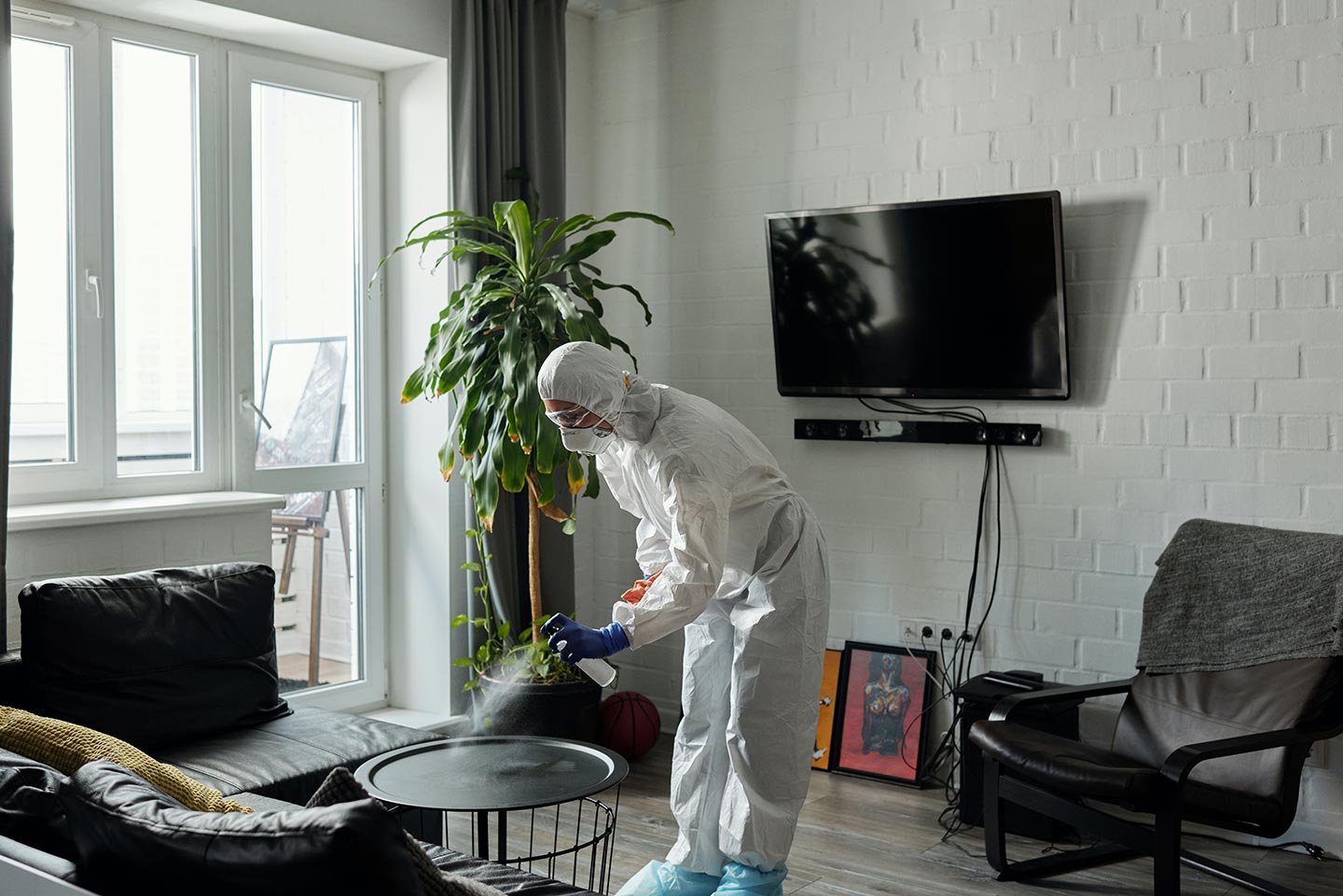
In the year since the World Health Organization characterised COVID-19 as a global pandemic, there has been overwhelming interest in what exactly this new coronavirus is and the impact it would have globally.
Getting the right information
Around the world, people’s need to understand the unfolding pandemic prompted an increase in the supply of COVID-19 related information – from peer-reviewed papers that sought to explain the science behind the SARS-CoV-2 virus and COVID-19, to blogs and news articles telling diverse stories about its wide-ranging impact. At Gavi, #VaccinesWork was our contribution to meeting this growing demand for reliable answers to the many questions about COVID-19 and the developments that were underway to bring an end to the pandemic.
Here are ten articles published on #VaccinesWork over the past year that answer some of the most frequently asked questions about COVID-19, from how to avoid it, to what to expect when you get the vaccine:
1. How important are surfaces in the transmission of COVID-19?
During the early months of the COVID-19 pandemic, the virus was thought to be spread predominantly by respiratory droplets – produced when we cough, speak, or sneeze – or by those droplets contaminating objects and surfaces. However, the scientific consensus about the transmission of COVID-19 has now shifted. So, what exactly has changed?
2. How does COVID-19 trigger a loss of smell and other olfactory disorders?
Anosmia is the medical term for a sudden loss of smell and has been associated with COVID-19. This #VaccinesWork article takes a closer look at the olfactory dysfunctions linked to COVID-19.
3. Why is coronavirus lockdown necessary?
By March 2020, many countries began to implement lockdown measures to slow the spread of COVID-19. With people forced to adapt to the new normal of internal restrictions on movement and stay-at-home orders, many needed to know why these extraordinary measures were necessary. This #VaccinesWork article answers this question and explains what it would take before life goes back to normal.
4. What is herd immunity?
With many countries aiming to have at least 60% of their population immunised against COVID-19, the idea of herd immunity as the solution to the pandemic has triggered heated debate. In this #VaccinesWork article, find out what exactly herd immunity is and how it works.
5. When is COVID-19 most contagious and why is self-isolation so important?
At the time this article was published in April 2020, COVID-19 had spread to more than one million people in just a few months. In this article, we examine just how long COVID-19 lasts in the body and the latest guidelines on how long people should self-isolate when infected.
6. Will wearing a mask protect me from COVID-19?
With coughing and sneezing both common COVID-19 symptoms, there has been an unprecedented global surge in the sales of medical face masks, leading to shortages for health workers in some parts of the world. In this #VaccinesWork article, readers find out how exactly COVID-19 spreads and whether wearing a mask provides protection.
7. What kind of tests are there for COVID-19?
Diagnostic tests are a key part of the response to any outbreak, playing a critical role in correctly diagnosing patients, improving contact tracing to prevent the further spread of the virus and helping to establish who has been infected in the past. This article explains the different kind of tests that were being administered in the early months of the pandemic and why they were instrumental in helping to solve some of the mysteries surrounding the virus, which were still puzzling scientists at the time.
8. Is air travel risky in the age of COVID-19?
Lockdown conditions in many countries restricted travel. Just two months after global pandemic was declared by the World Health Organization, in March 2020, the global aviation industry had almost ground to a halt. As restrictions slowly began to lift, some people thought about resuming travel, but many were also worried about the risks involved. Does air travel increase your chances of getting COVID-19? This #VaccinesWork article provides some answers.
9. How does COVID-19 compare to past pandemics?
The COVID-19 pandemic is most often compared to the H1N1 influenza pandemic of 1918, or Spanish flu, even though there have been three other major pandemics since then. Three months after COVID-19 was declared a global pandemic, this #VaccinesWork article looked at how the current pandemic compared to those global crises, including its impact on the economy and how the virus is likely to evolve over time.
10. What to expect when you get a COVID-19 vaccine?
Around the world, the first COVID-19 vaccines have been approved and countries have begun rolling them out to priority populations. Here are some of the logistics involved in getting vaccinated and what to expect after getting the vaccine.
More from Tetsekela Anyiam-Osigwe
Recommended for you
